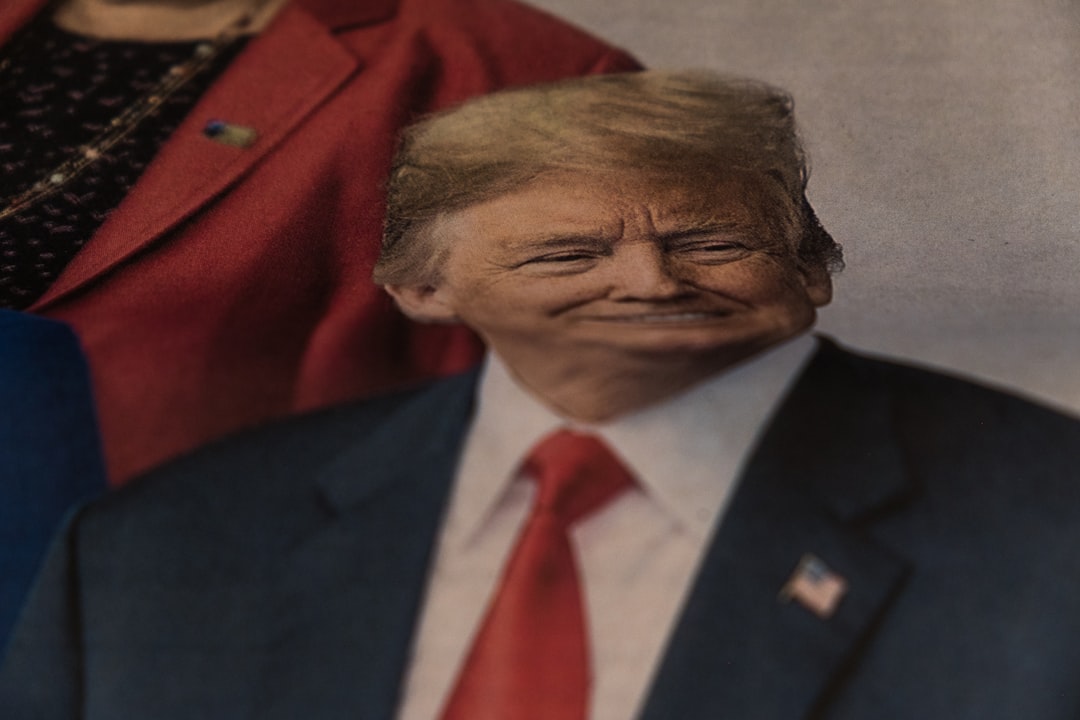
Despite an aggressive new wave of tariff letters from President Donald Trump, financial markets remain largely unmoved. The latest rhetoric includes threats of steep levies on major U.S. trade partners such as Japan and South Korea. But with the tariff deadline pushed to August 1, investors are betting on another round of negotiation over escalation.
According to analysts at Capital Economics, markets are “probably right” to discount the headline risk posed by Trump’s evolving tariff strategy.
Major indexes closed Tuesday with little movement:
The S&P 500 and Dow Jones Industrial Average ended mixed
Option-implied volatilities remain near their lowest levels since April
This tepid response came even after Trump reiterated there will be no further extensions beyond August 1, even though he also called the date “not 100% firm” earlier in the week.
The market's calm reflects growing belief that the administration is more likely to negotiate than escalate, especially after prior deals with Vietnam and the UK muted concerns about sweeping global tariffs.
Capital Economics, in a note led by Jonas Goltermann, stated:
“Market participants have largely shrugged off President Trump’s latest set of threats... focusing on the fact that today’s ‘deadline’... has, as widely expected, been extended.”
The firm believes even a few new trade agreements in coming weeks may give the White House enough cover to justify another pause—or a diluted policy rollout. They added that Trump has shown reluctance to disrupt market sentiment since April’s "Liberation Day" triggered a brief but sharp sell-off.
For real-time economic impact data related to trade and inflation, the Economics Calendar API is a valuable source to track scheduled releases like CPI, GDP, and labor market reports.
While tariff fears appear priced in, the next key catalysts will be:
Second-quarter earnings season, particularly among multinationals
U.S. labor and inflation data, which could reveal early effects of tariffs already in place
Should corporate margins compress or inflationary pressures rise, markets may react more forcefully.
To gauge sector-level impact and price sensitivity, analysts and investors should monitor Sector Historical Data, which provides insight into performance divergences amid macro shifts.
The current market calm suggests that Trump’s tariff threats are seen more as a bargaining tactic than a real economic risk—at least for now. But with the August 1 deadline still looming, and the possibility of new letters to the EU or China, volatility could return fast.